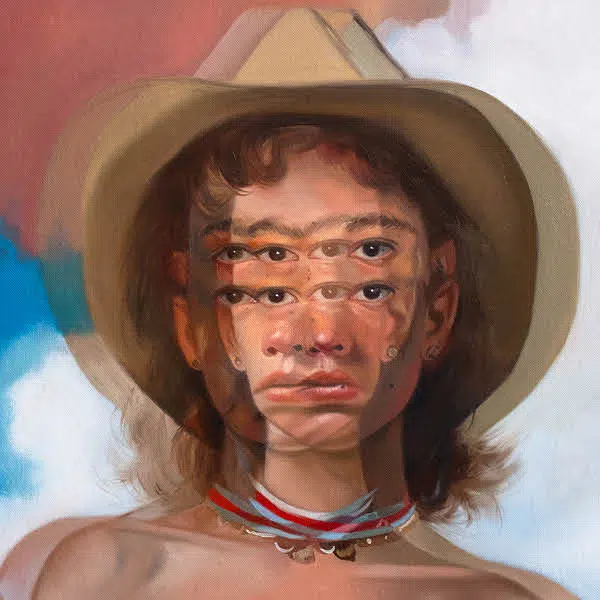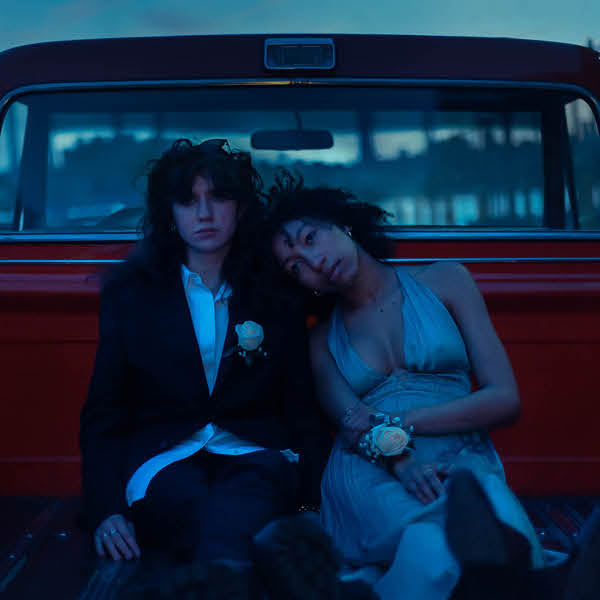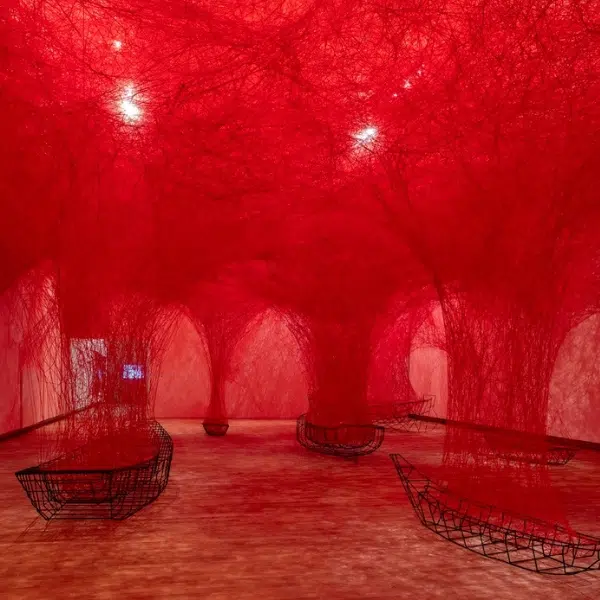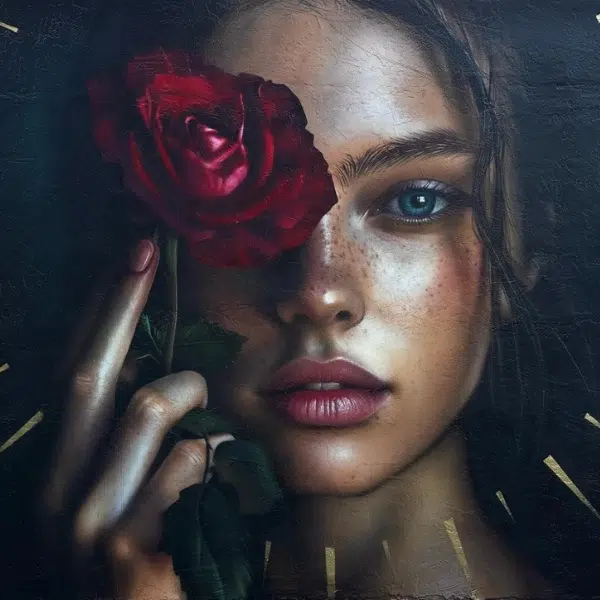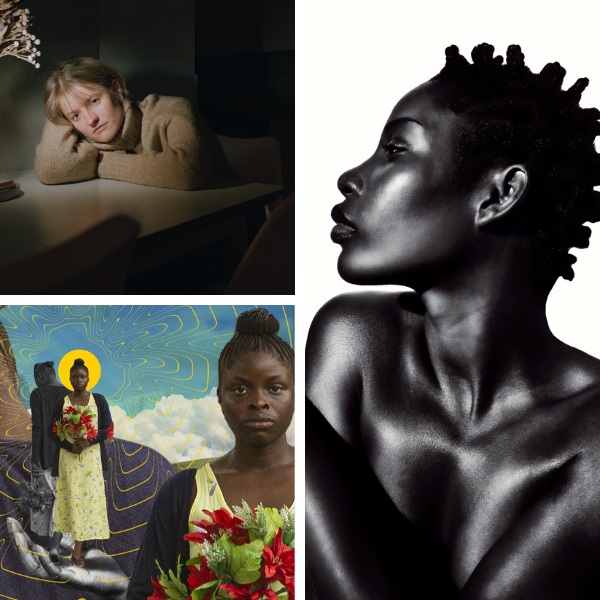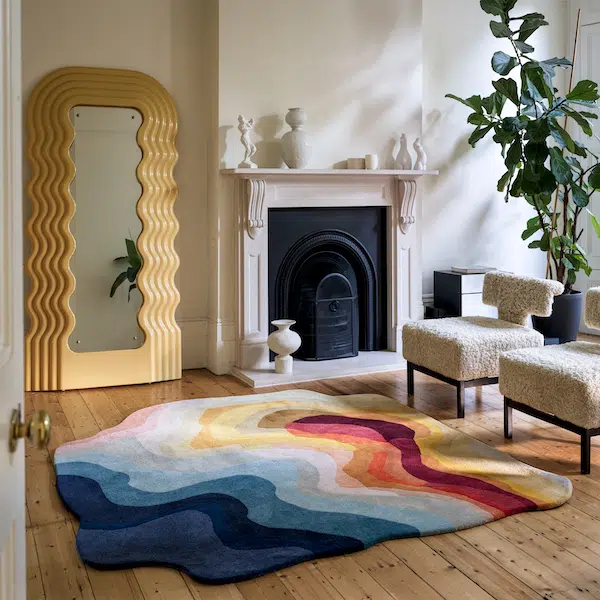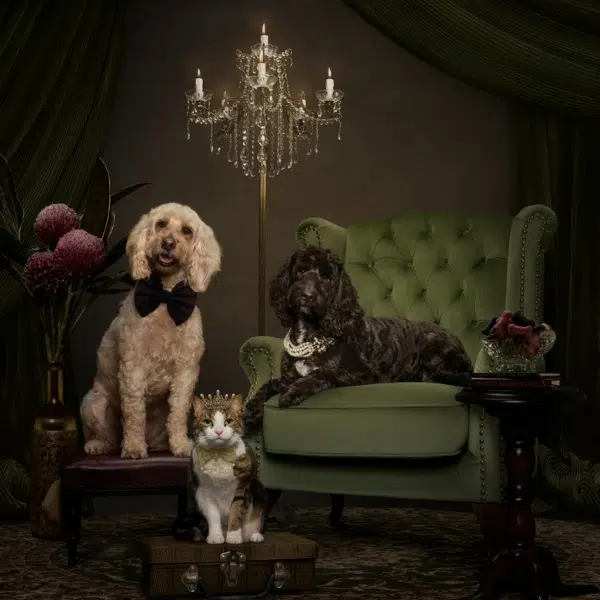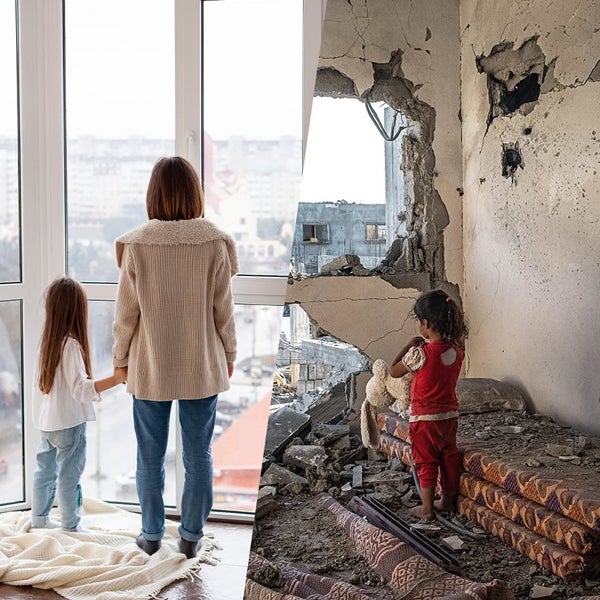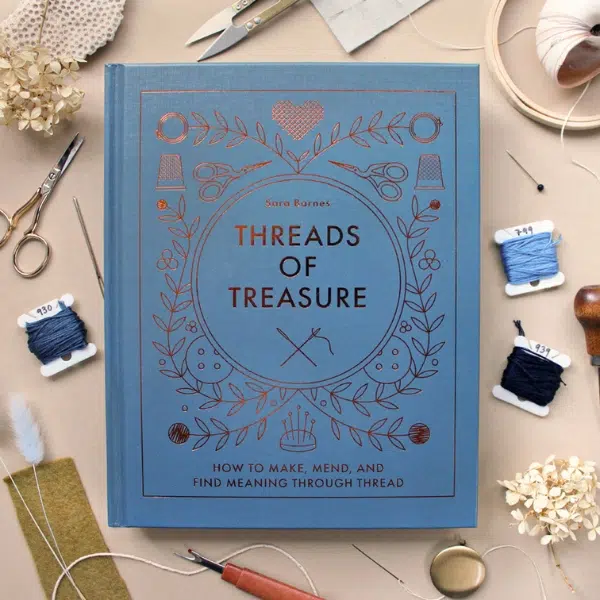
Photographer Oleg Oprisco creates dreamy conceptual stories that look as though they’re plucked from fairy tales. Using his Kiev brand film camera—a medium format device—Oleg is patient with his craft and boasts an incredible attention to detail, often taking days to prepare for a single idea. He spends time finding the right props, locations, and models, but the hard work pays off in the form of a portfolio filled with beautiful visuals. His creamy and soft color palettes produce harmonious compositions that have left us inspired again and again over the years.
We were so grateful to be able to catch up with Oleg for a Behind The Lens look into his fine art photography.

Can you tell us a bit about your journey into photography?
I was born in the small town of Lviv, in western Ukraine. When I was 16 years old, I began working as an operator in a small photography lab. I started taking photos of friends and acquaintances.
At age 18, I moved to Kiev, where I became an assistant to a well-known advertising photographer. We worked together for four years, but that work did not bring me pleasure. There was no creativity, only commerce. When I was 23, I started from scratch, building my business and taking my own photos in my own style.
Your work involves elaborate sets shot with a film camera, what are some challenges unique to creating conceptual photographs in this way?
It's hard to explain in a few words, but first there is a difference in the process of shooting. I am shooting for 12 frames and I am able to enjoy what is important about each frame. Since it's film, you are not able to see a preview of the shot in camera, you can only use the scene in front of you. It's a crazy mix of luck, calculation, planning and luck again to get the perfect shot. The second difference is the properties of the film and optics that are available for medium format. The film gives a unique color while a long-focus lens gives a unique depth. I regularly test modern digital medium-format cameras, but I can't find a platform that guarantees the same quality and feelings. [At my workshops] my students come with a set of equipment to 3-5 thousand dollars, but I use the old camera Kiev 6C (about $50 at a flea market in Kiev). It just makes us think that technique is just a tool like a pen or a brush.


You don't rely heavily on Photoshop to create your images, instead opting to create the scene in real life. How do you prepare for the shoot?
I don't have assistants, so sometimes the preparation for shooting takes several days and it's very experimental with test shoots. For example, the frame with a burning umbrella was shot on the sixth day of shooting: I went through more than 50 umbrellas, because I could not choose a combination of material of umbrella that beautifully burned and was safe for the model. There are such stories for each frame.
I love this process, even when I realize that some effects are easier to draw in Photoshop. This is an important part for me, from which I never give up. I spend a lot of time preparing, so a day of shooting is very simple where everyone knows their role and what result we'll get.
How do you choose your models?
It all depends on the ideas. I try to strike a balance of no single element stands out and nothings distracts from the image. This applies to the choice of model, hairstyles, dresses and props. Everything must be harmonious.
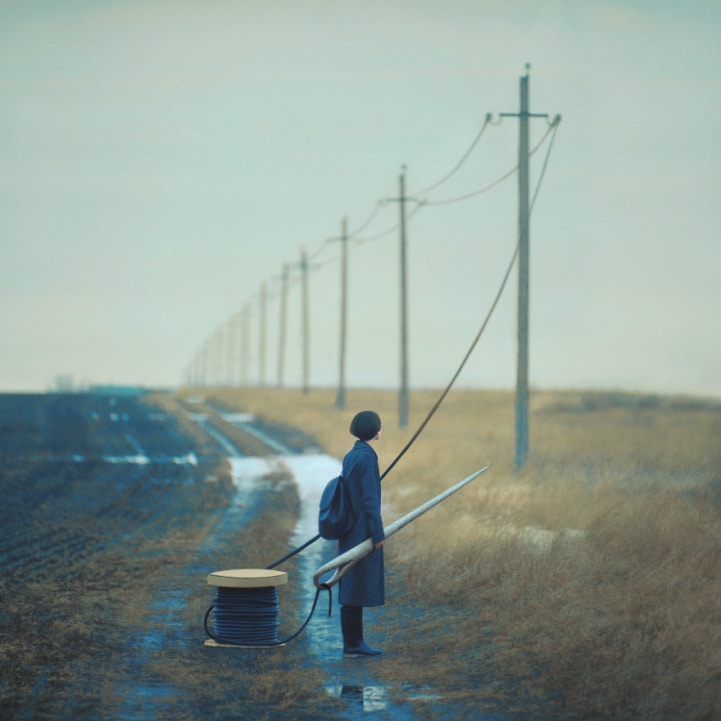
From conceptualizing to processing, how much planning goes into a shoot?
I have a notebook where I write a lot of ideas for photographs. If I am sure that everything will be as the scene I dream up, preparation takes two to three days. I leave a lot of time to think about my choice of color scale. Color is the first thing that fixes viewer's brain. Then comes the perception of the composition and content in general. When I worked at a photo lab I was adjusting the color of thousands of photos every day. I think it was then that I had understood what colors I like, and the combination of colors that liked the viewers. Warmer, richer, brighter images always had better success. So, that dictated my choices. Before shooting, I plan the overall color scheme. According to the chosen palette, I select clothes, props, location, etc, making sure that all of it plays within a single color range.
Unfortunately sometimes everything depends on the weather, people, or mood. Sometimes costs do not meet the result, or vice versa. Therefore, the more experience, the more reflecting I do to shoot a story.

How do you light your photos? Do you use artificial or natural light?
Only natural light. I avoid contrasting shadows so I take pictures in the morning or evening.
Do you have a favorite shooting location?
I love to work in areas where there is a lot of space, such as a field, the sea, or the mountains. It's an endless source of inspiration.
How would you define your style?
Original and simple idea + good color + composition.
Your photos have a surreal quality to them, is there an overall message you'd like them to convey?
Photography makes it possible to transfer my thoughts to others. The camera is a terrific tool, like a pen or a brush. What is important is that each viewer sees his own version of each photo, individually basing their perceptions on the places where he/she lives or from his/her education or life experience. It's amazing. My mission is to transport the viewer into a scene of a book or the still from a movie.


What's a must-have in your gear bag?
My main medium format cameras are Kiev 6C and Kiev 88 and a set of optics for this bayonet: Biometar 80mmf2.8 , Sonnar 180mmf2.8 and Orestegor 300mmf4.
My favorite film: Kodak Portra 160 and Kodak Portra 400. And Epson scanners V750Pro or V850Pro.
How much post processing goes into a completed photo?
Each frame is scanned and edited on the computer but the base is created on the film in the location. It's important to remember that the post-processing does not make anything good from a bad photo.



What are your plans for the future? Do you have any upcoming projects?
I tend to live in the present though I promise it will be interesting. You can find updates on my social media channels.
Do you have any advice for aspiring photographers?
I think the biggest problem for a photographer is laziness or bad organization. Don't neglect to spend an extra day to get the right props, the right dress, or even the right weather. A good photograph is the total sum of small parts, but each part is perfectly well-thought and elaborate. If you cannot create alone, look for like-minded people: designers, photographers, or simply creative friends to help you find the right idea when shooting. My advice is to focus on creativity and off the “work without breaks” mode. I strongly advise you to use your time wisely.


Thank you so much Oleg! If you would like to stay up to date with this creative photographer's work please visit his Facebook and website.
Are you a photographer? Would you like to be interviewed for our Behind The Lens series? Leave your website in the comments below!











































































